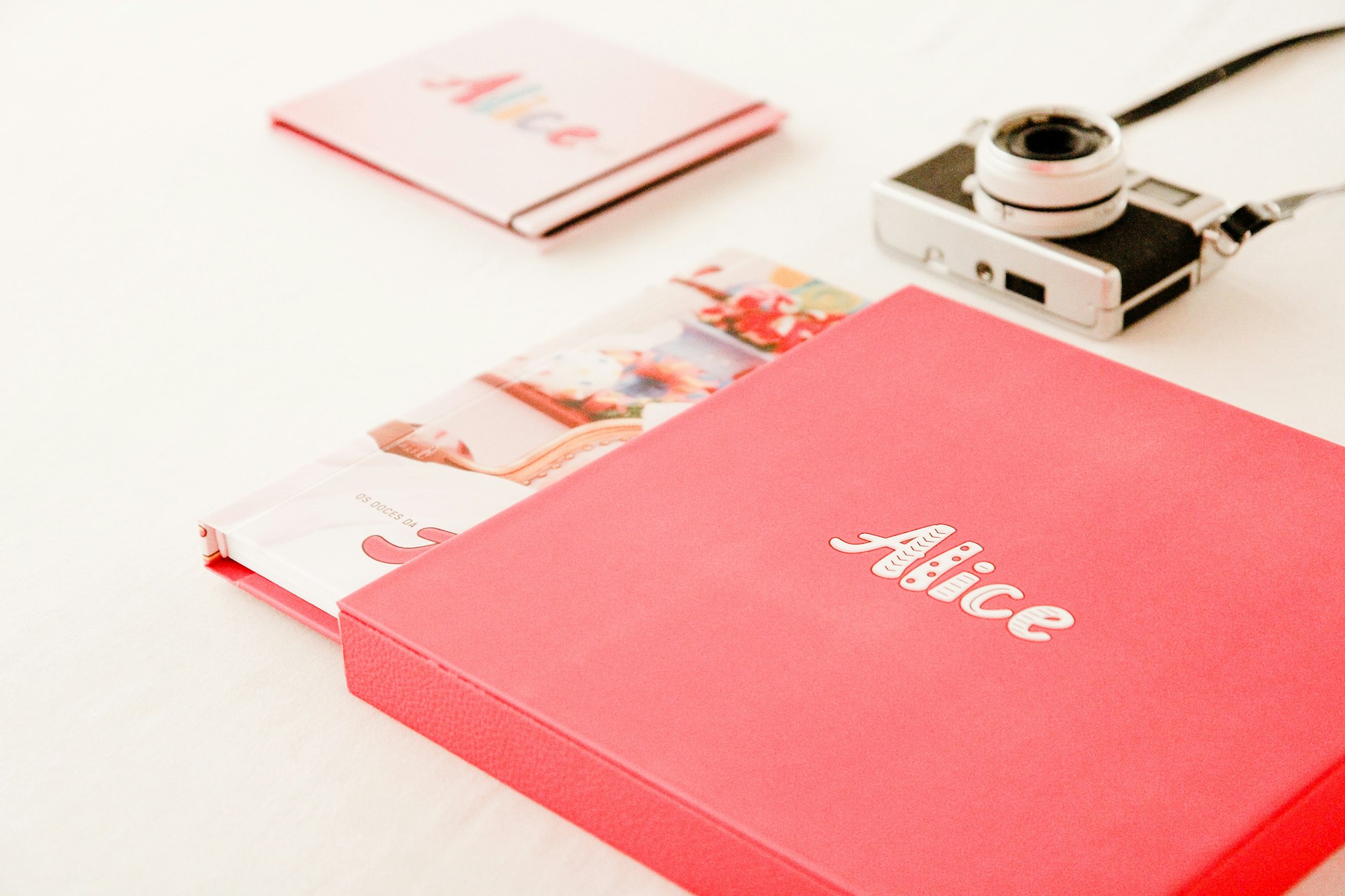Any digital marketer should crave that click, conversion, or brand love moment. But when it comes to choosing the right ad format, things can get tricky, especially with the question of "Carousel or single image ad?". Both have their strengths, and the best choice depends on many variables.

So, let's unpack the contenders and see who emerges victorious (or if it's a draw!). Buckle up as we're diving into the world of image ads, specifically the age-old question: "Carousel ads vs single image ads?"
Understanding Carousel Ads
Carousel ads are the multi-faceted gems of social media advertising. They allow you to showcase multiple visuals within a single ad, each with its own link. It’s like giving your audience a mini-catalog of what you have to offer.
Why carousel ads?
- Engagement: With more visuals comes more interaction. Users can swipe through a variety of products or stories, making them active participants. This is especially helpful if building an audience is your priority.
- Storytelling: Narrate a compelling story by sequencing your images or videos. You can demonstrate product usage step-by-step, unveil a before-and-after transformation, or weave a captivating brand story.
- Space for Details: More space means more information. Highlight different features or different products in a single ad. Use a mix of close-ups, lifestyle shots, and text overlays to keep viewers engaged.
Though all the social platforms offer business manager and campaign manager interfaces, some users may find it easier to just boost their organic posts and turn them into ads. Luckily, carousel ads can be utilized in both ways (except for LinkedIn - see details below).

So don't forget that there are also moments when boosting an organic post might be a preferable option for you. This LinkedIn case is an example of this.
Another example could be when you turn a beautiful panoramic shot into an organic carousel on Instagram and want to use it in your ad to attract people. See how to do it here ⬇️:

The Simplicity of Single Image Ads
Single-image ads are straightforward and clean. One image, one message, one call to action, and most importantly, one link to convert. It’s not just the minimalist approach to advertising, but it might also be the requirement of our age. Because more and more people are going blind for ads, and even the ones that give you a chance don't usually have that much of an attention span.
Why Single Image Ads?
- Focus: With only one visual, your message is clear and undiluted. Single images with clear CTAs (calls to action) might be more suitable for driving immediate conversions.
- Speed: They’re quick to create. No need for multiple creatives. Plus, with fewer variables, single images are ideal for A/B testing different headlines, color schemes, or design elements. So they allow for quicker optimization.
- Versatility: Sometimes, one powerful image is all it takes to resonate with your audience. A single, striking visual can leave a lasting impression, especially if it taps into raw emotion or brand identity.
Performance Showdown: Carousel Ads vs Single Image Ads
There is also some data and research comparing the effectiveness of carousel ads to single image ads:
- According to a 2024 Lebesgue article, though only based on Facebook carousel ads vs. Facebook single image ads, carousel ads have been shown to improve conversion rates by 20% over single image ads.
- There are also some older sources saying that carousel ads perform slightly better, again, taking Facebook as the base, but the difference is not statistically significant.
- However, I remember LinkedIn single image ads working better than LinkedIn carousel ads for me a few years ago, when I used to run multiple lead generation campaigns and spend a few thousand dollars as a digital agency employee.
Even based on data and experience, it's really hard to tell who wins the carousel vs. single image ad battle? The truth is, there's no single victor. The best format depends a lot on your specific goals, product type, target audience, and even the medium you choose.
Here's a quick cheat sheet to help you decide:
- Choose carousels for: Complex products, brand awareness campaigns, storytelling, showcasing product variations.
- Choose single images for: Simple products, direct sales campaigns, clear and concise messaging, mobile-first campaigns.
Who's the winner, carousel or single image ad?
I'd say don't be afraid to experiment! A/B test both carousel and single image ads to see which resonates best with your audience and achieves your campaign goals. Modern marketers implementing enriched catalog ads combine the best elements of both formats to showcase product features while maintaining visual clarity.
The key to success lies in many different variables, including but not limited to;
- Understanding your audience and their behavior,
- Crafting compelling visuals with correct CTAs,
- Delivering a message that stands out, and
- Optimizing your ads for lower costs and higher returns.
The Final Takeaway: Test, Refine, and Conquer!
In the end, the choice between carousel and single image ads isn’t about picking a winner. It’s about understanding your audience and objectives, then testing to see what works best for you. Monitor your metrics, learn from the data, and continually optimize your approach.
Remember, in the realm of digital advertising, agility is key. Whether you’re telling a story through a carousel or making a bold statement with a single image, it’s the strategy behind the ad that will ultimately drive success.
Happy marketing, and may your conversions be ever in your favor!
P.S. Here are some other related articles that you may find helpful:









